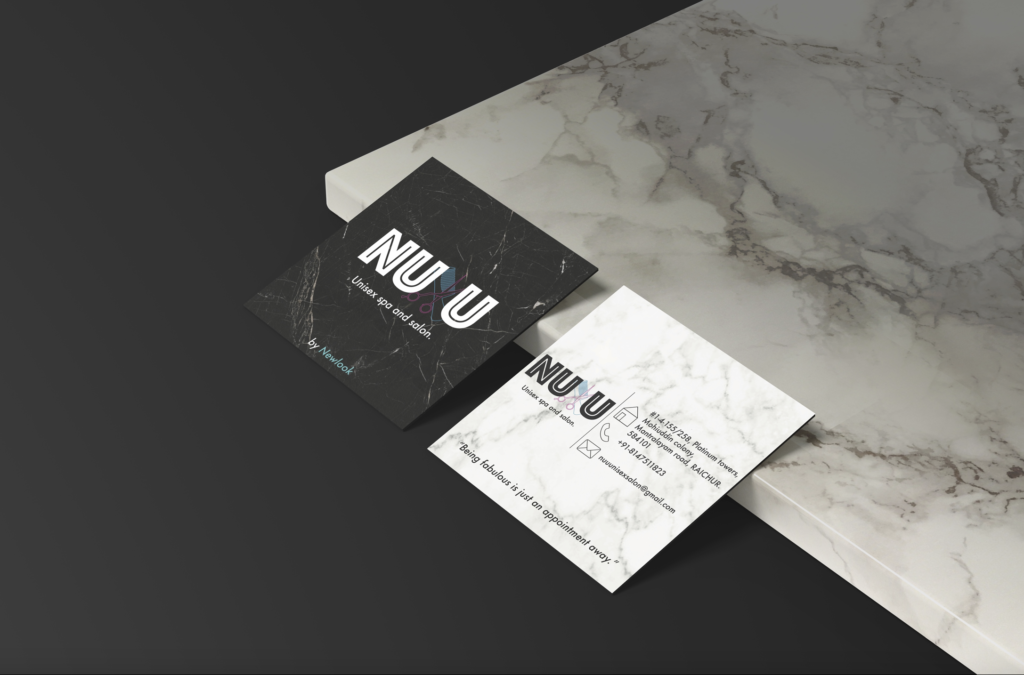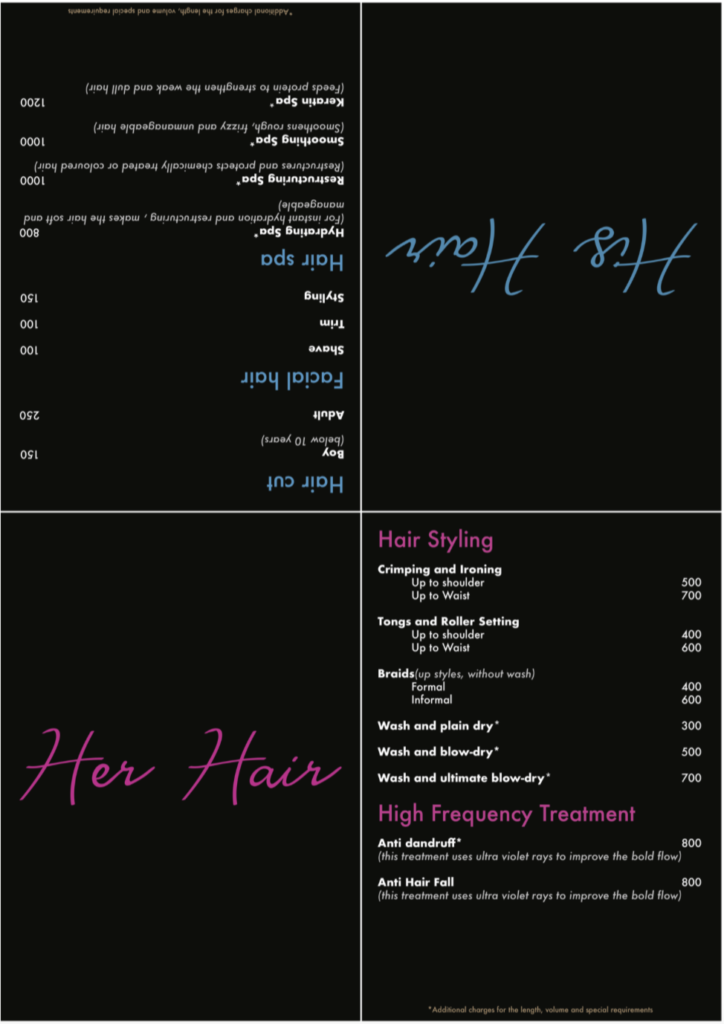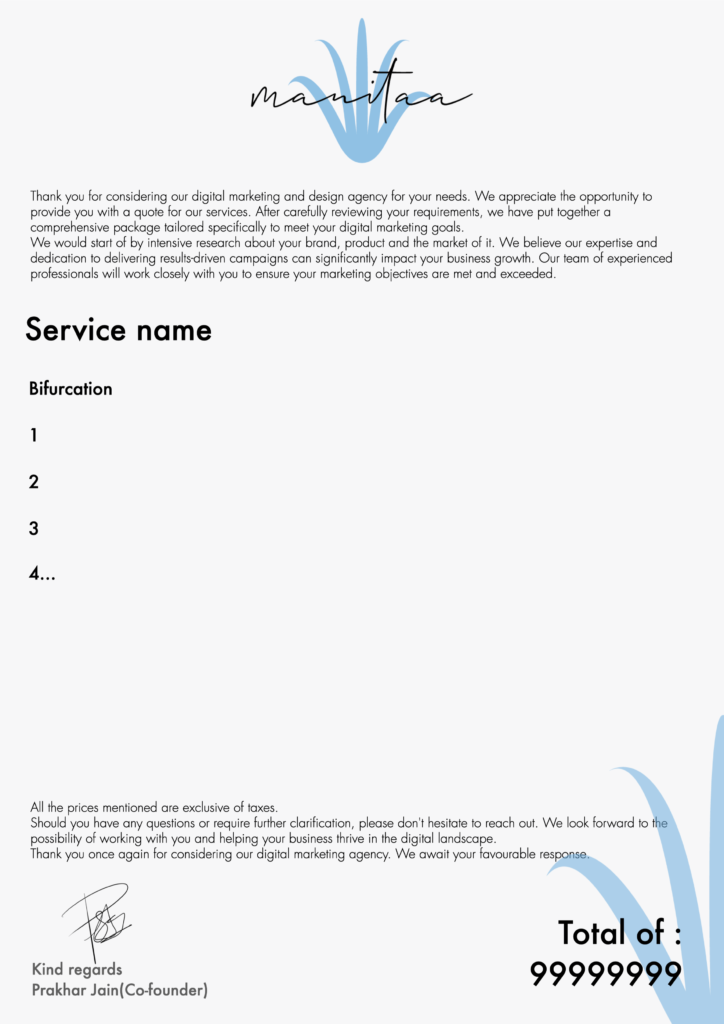Brand identity
Brand Identity refers to the combination of brand psychology and visual branding. It is what the brand says, values, and communicates through its products or services. Hence, Brand identity is the character of the brand and a promise to the customers, it is what helps a brand stand out from its competitors.
Psychology of a brand is an essential foundation of brand identity, it holds with in behavioural, emotional, and psychological patterns of your brand. Giving the brand a distinct personality helps consumers remember and connect with the brand as if it were a person. After having a clear picture of brand psychology, we move ahead to visual branding.
Visual branding, on the other hand, includes any effort to identify and promote a brand using pictures, visual elements, or visual arrangements. Visual elements are processed 60,000 fasters than audio by the human brain and 90% of information transmitted to the brain is visual. Hence, visual branding is important to capture the human brain’s attention faster. The four major elements of visual branding are as follows:
Logo – A logo is a symbol, graphic element, and visual sign of the brand. It plays an important role in the communication structure of a company. There is not just one type of logo; there are six types of logos and they are:
*Hover, tap or click on any logo to get information*

Pictorial Logo
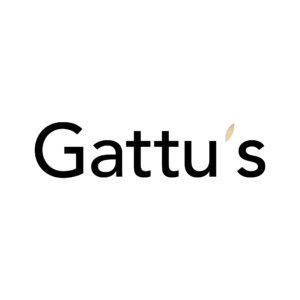
Word mark

Letter mark (combination)

Abstract mark
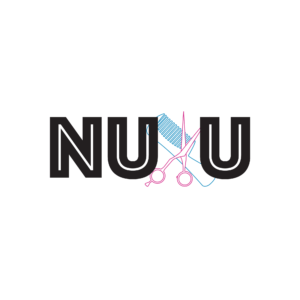
Combination mark

Emblem mark
Typeface- A typeface is the underlying visual design that can exist in many different typesetting technologies, and a font is one of these implementations. It enhances the readability of your writing and attracts your target audience.

Colours – Colours signify your brand and give an indirect message to your audience. It helps you know how your audience is reacting to your page because colours are subconsciously related to emotions. People click 42% more than colourful content than black and white content. Every colour has its meaning and impact on the customer. Blue colour indicates calm, helpful, and trustworthy, Yellow indicates happiness, hopeful and free, etc. Brand colours help the content to keep uniform and make an impression on the customer’s mind.


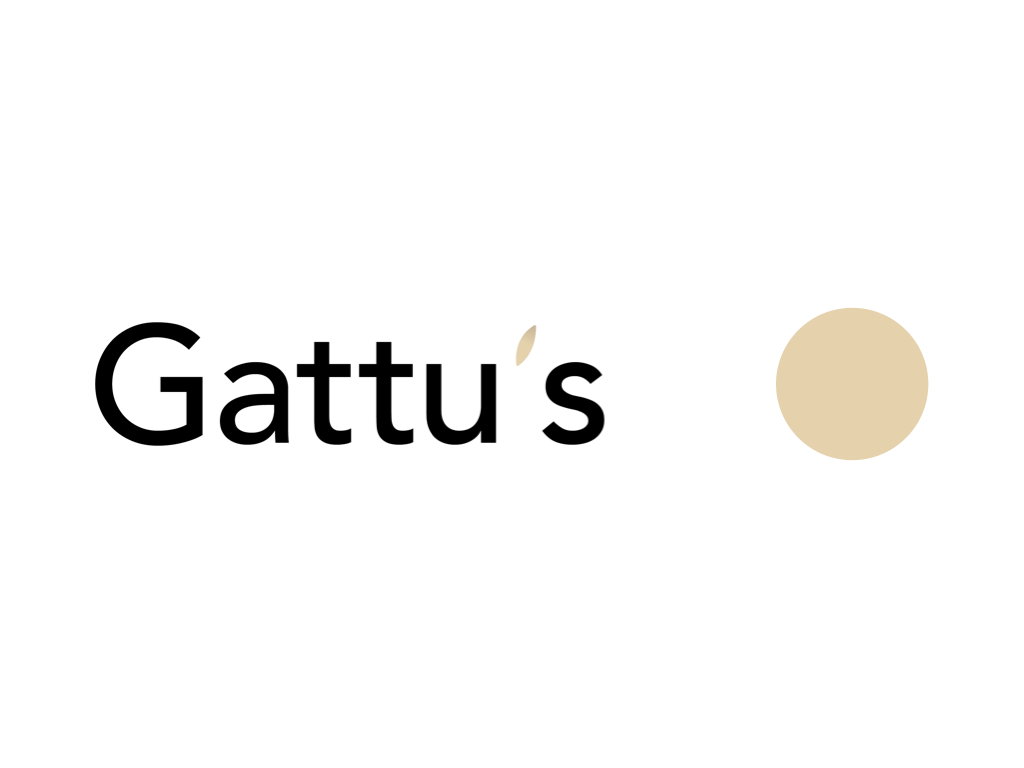
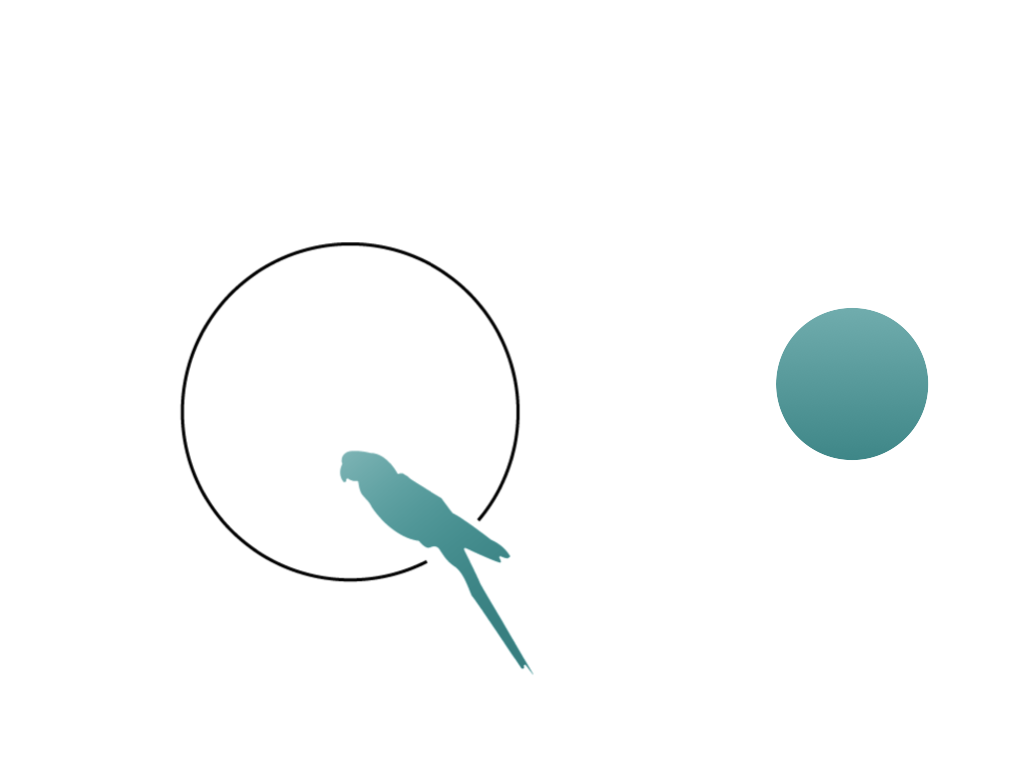
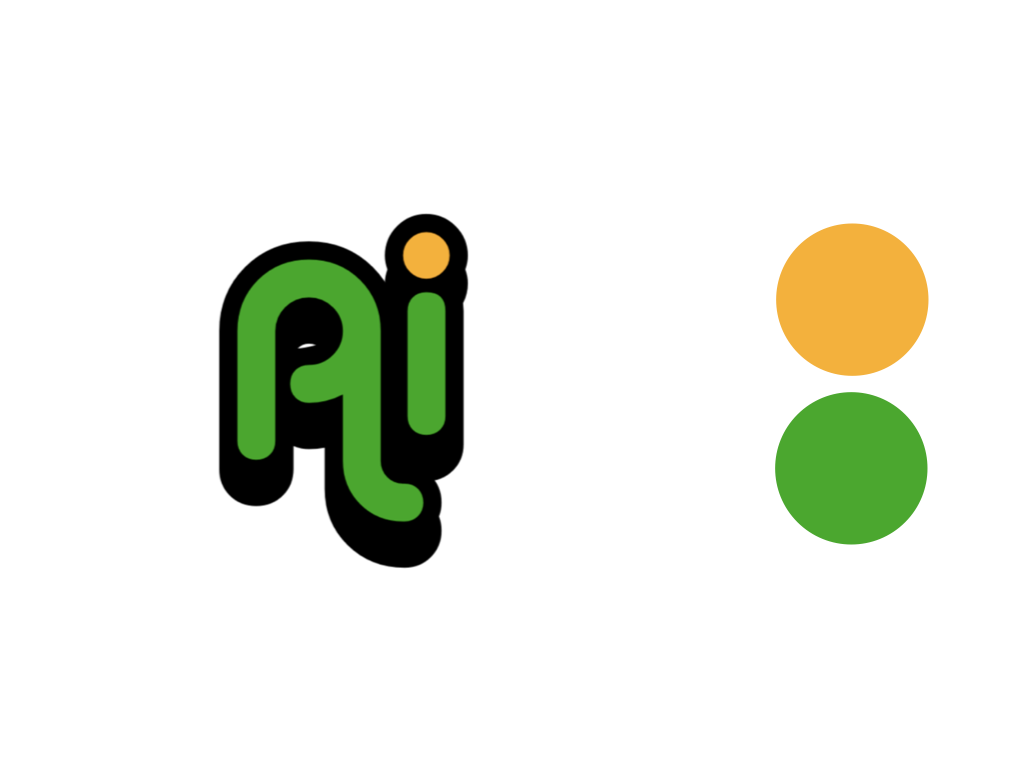

Assets – The elements apart from logo, colour and typeface for visual branding that are Assets. Brand assets are integral to increasing awareness, improving ROI, and strengthening your brand identity. Over time your brand assets will become more recognizable, increasing customer trust and brand loyalty. When speaking about assets in branding, they are cards, Letterhead, brochures, catalogues, and banners.

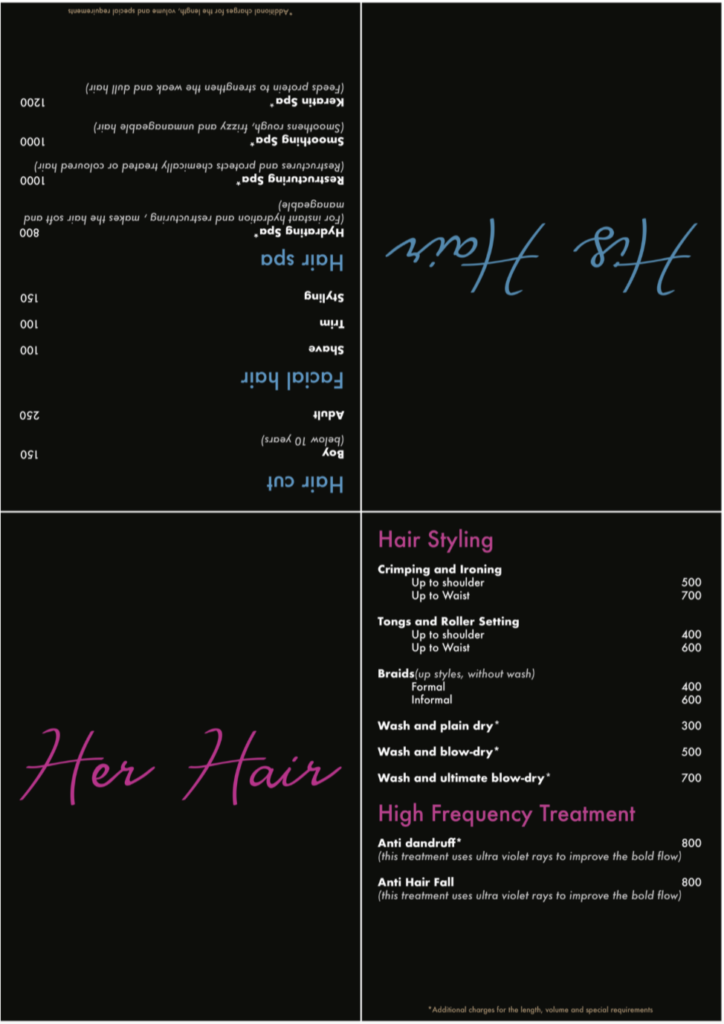

Brand identity
Brand Identity refers to the combination of brand psychology and visual branding. Brand Identity is what the brand says, values, and communicates through its products or services. Hence, Brand identity is the character of the brand and a promise to the customers.
Psychology of a brand is an essential foundation of brand identity, encompassing behavioural, emotional, and psychological patterns. Giving the brand a distinct personality helps consumers remember and connect with the brand as if it were a person. It will also help the business to stand out differently from its competitors. After having a clear picture of brand psychology, we move to visual branding.
Visual branding, on the other hand, includes any effort to identify and promote a brand using pictures, visual elements, or visual arrangements. Visual elements are processed 60,000 fasters than audio by the human brain and 90% of information transmitted to the brain is visual. Hence, visual branding is important to capture the human brain’s attention faster. On the other hand it distinguishing the brand from others The four major elements of visual branding are as follows:
Logo – A logo is a symbol, graphic element, and visual sign of the brand. It plays an important role in the communication structure of a company. There is not just one type of logo; there are six types of logos and they are:

Pictorial

Lettermark

Abstract
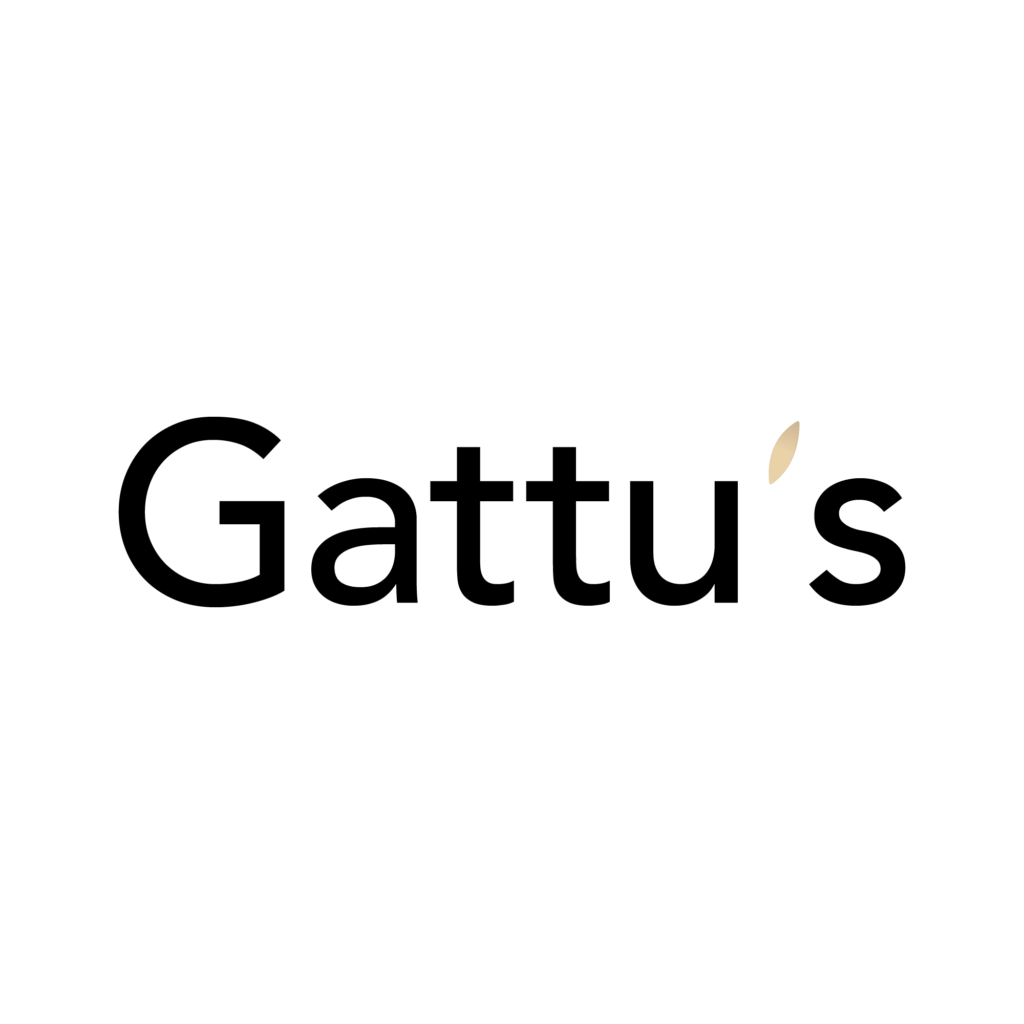
Wordmark

Emblem mark
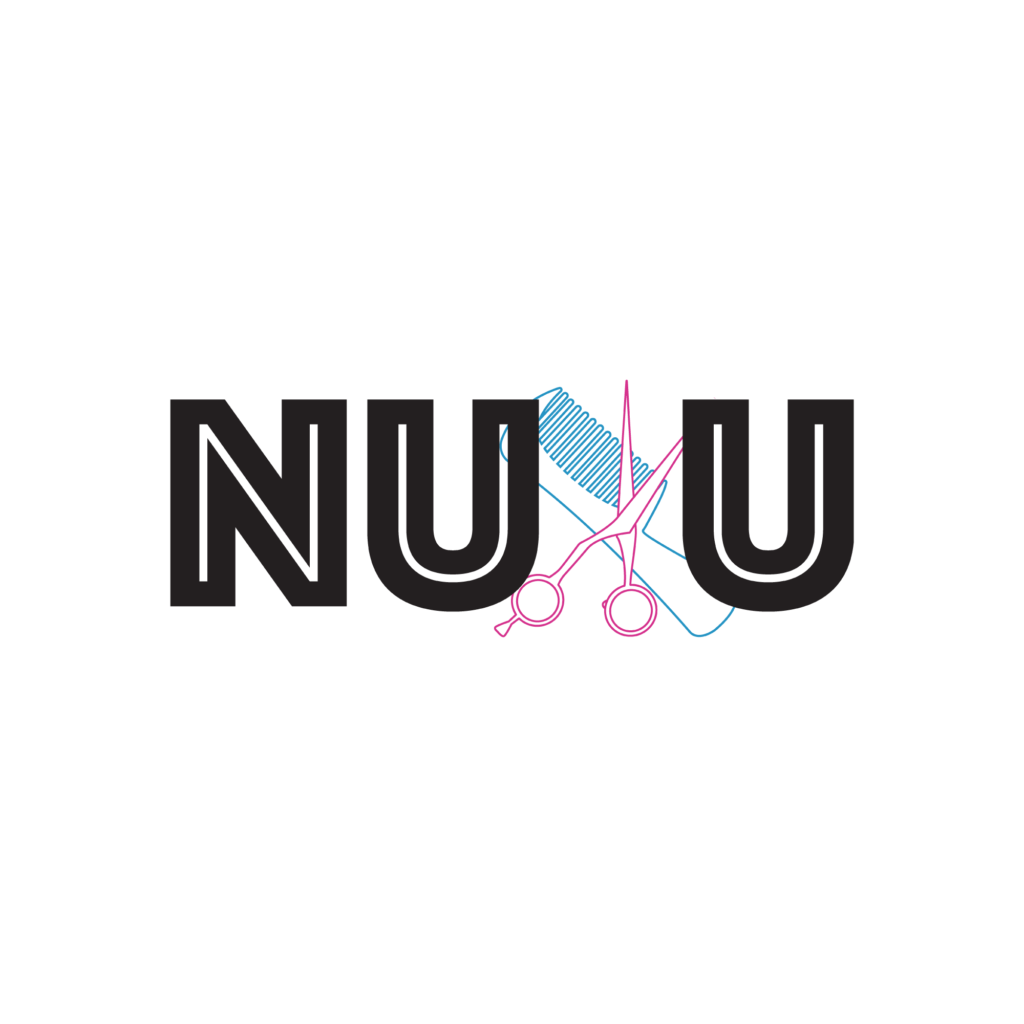
Combination
Typeface- A typeface is the underlying visual design that can exist in many different typesetting technologies, and a font is one of these implementations. It enhances the readability of your writing and attracts your target audience.

Colours – Colours signify your brand and give an indirect message to your audience. It helps you know how your audience is reacting to your page because colours are subconsciously related to emotions. People click 42% more than colourful content than black and white content. Every colour has its meaning and impact on the customer. Blue colour indicates calm, helpful, and trustworthy, Yellow indicates happiness, hopeful and free, etc. Brand colours help the content to keep uniform and make an impression on the customer’s mind.



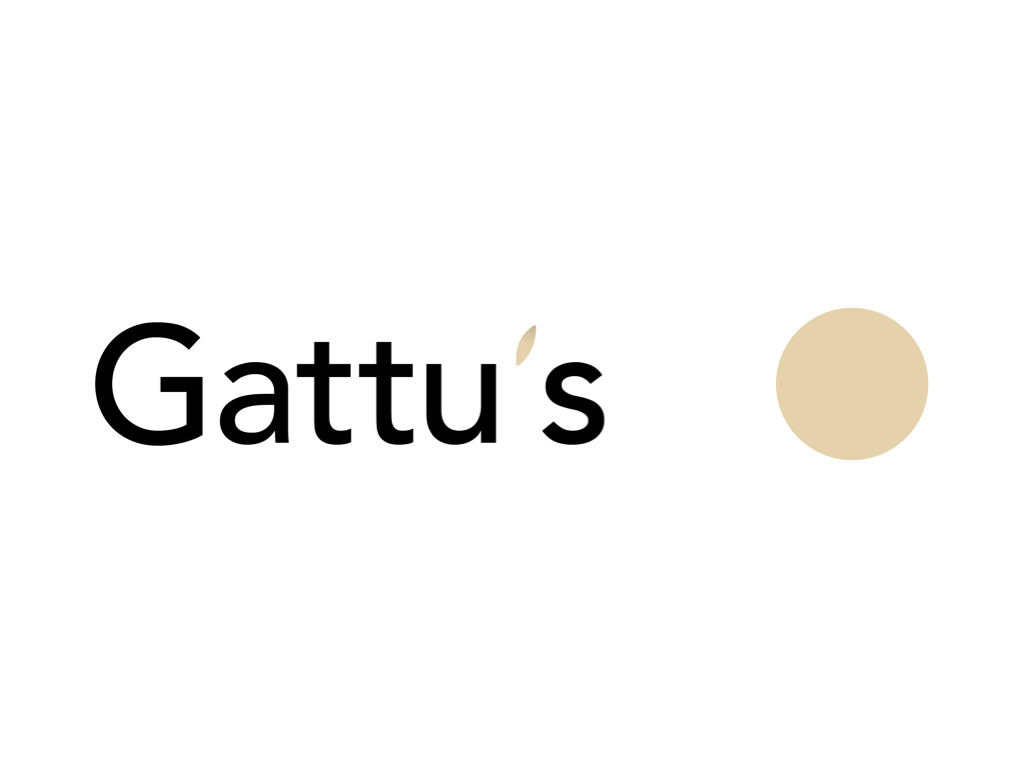
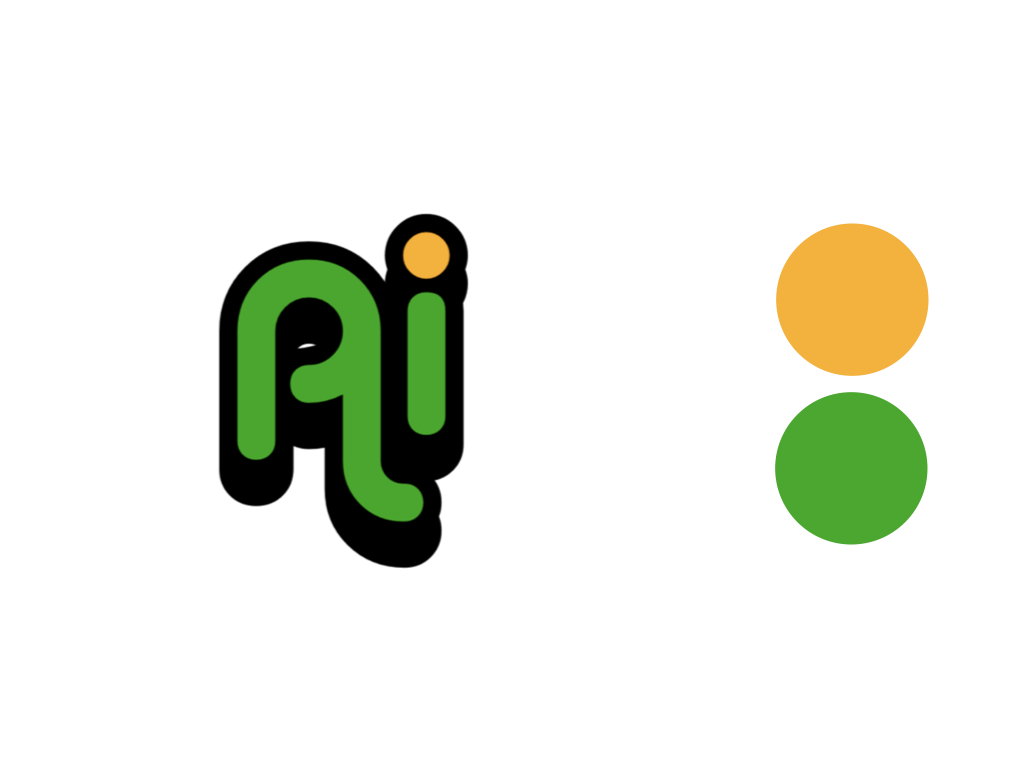
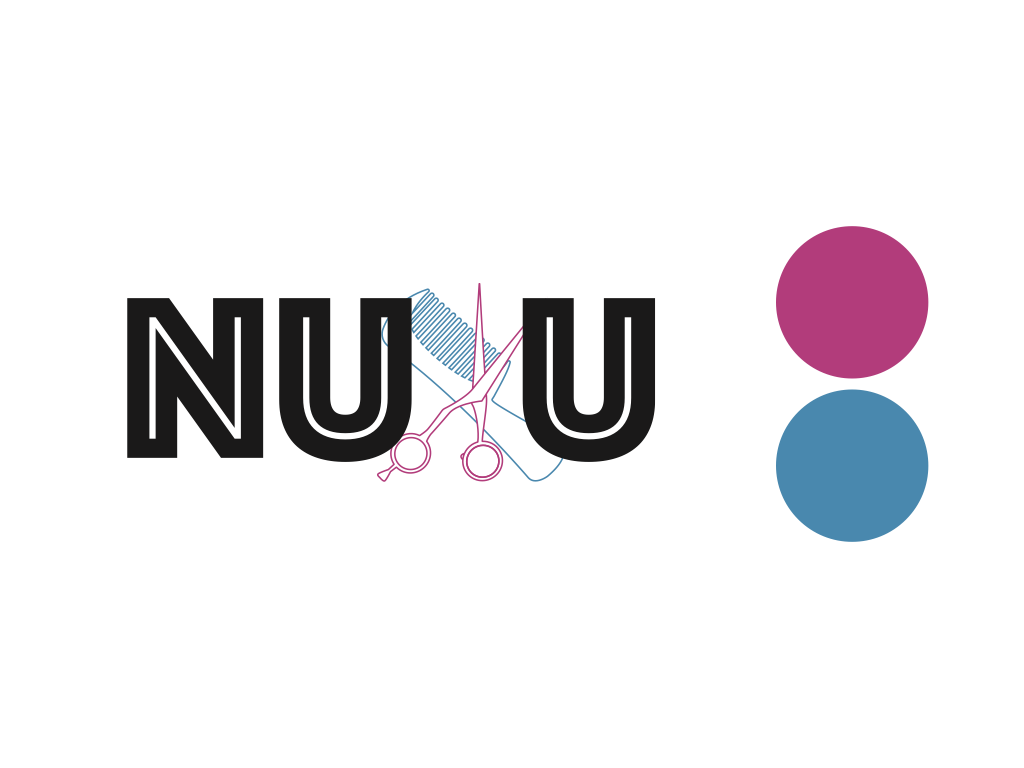
Assets – The elements apart from logo, colour and typeface for visual branding that are Assets. Brand assets are integral to increasing awareness, improving ROI, and strengthening your brand identity. Over time your brand assets will become more recognizable, increasing customer trust and brand loyalty. When speaking about assets in branding, they are cards, Letterhead, brochures, catalogues, and banners.
